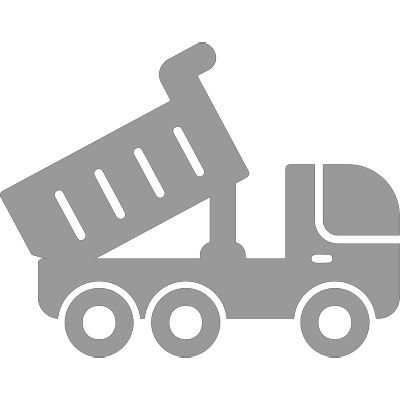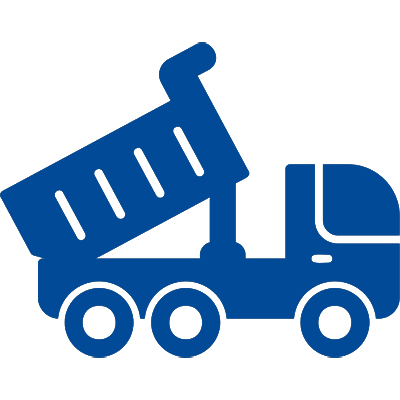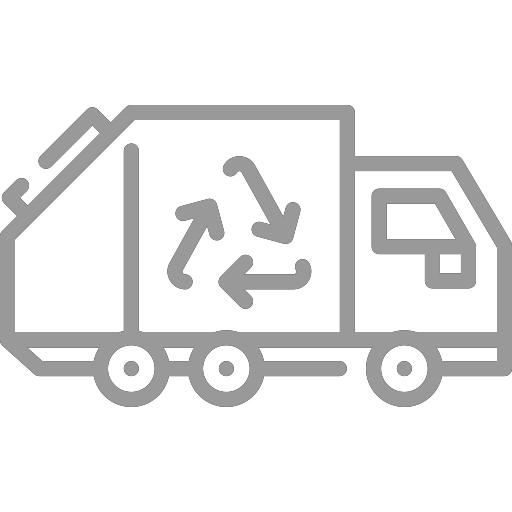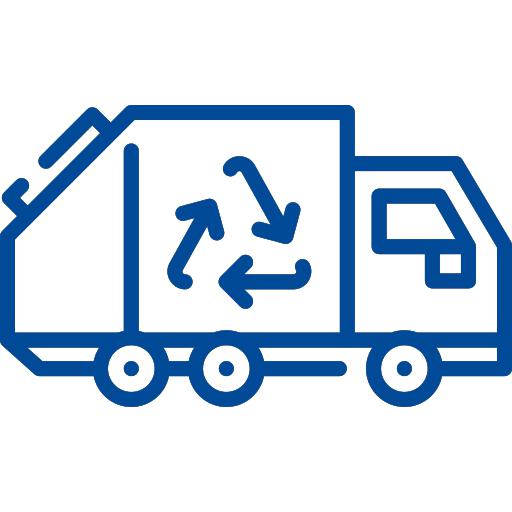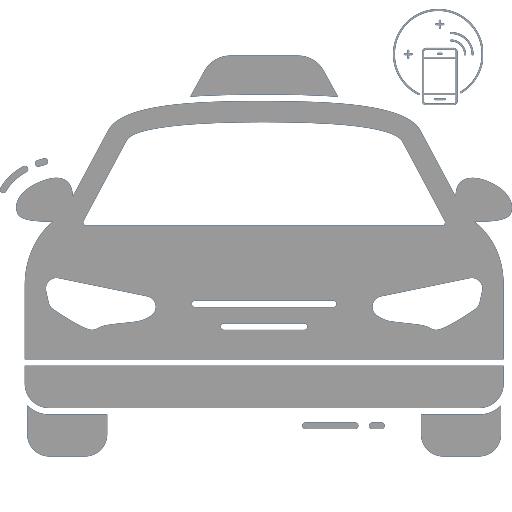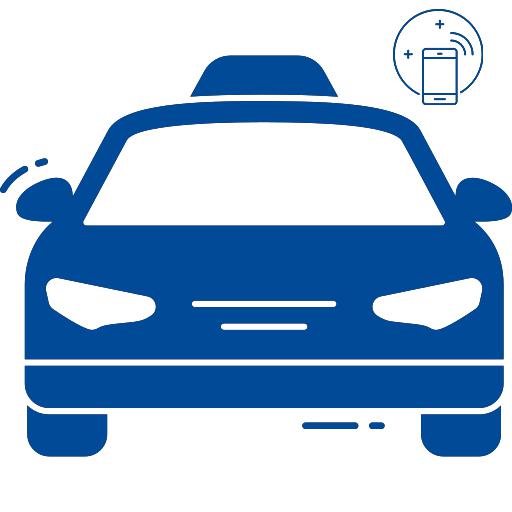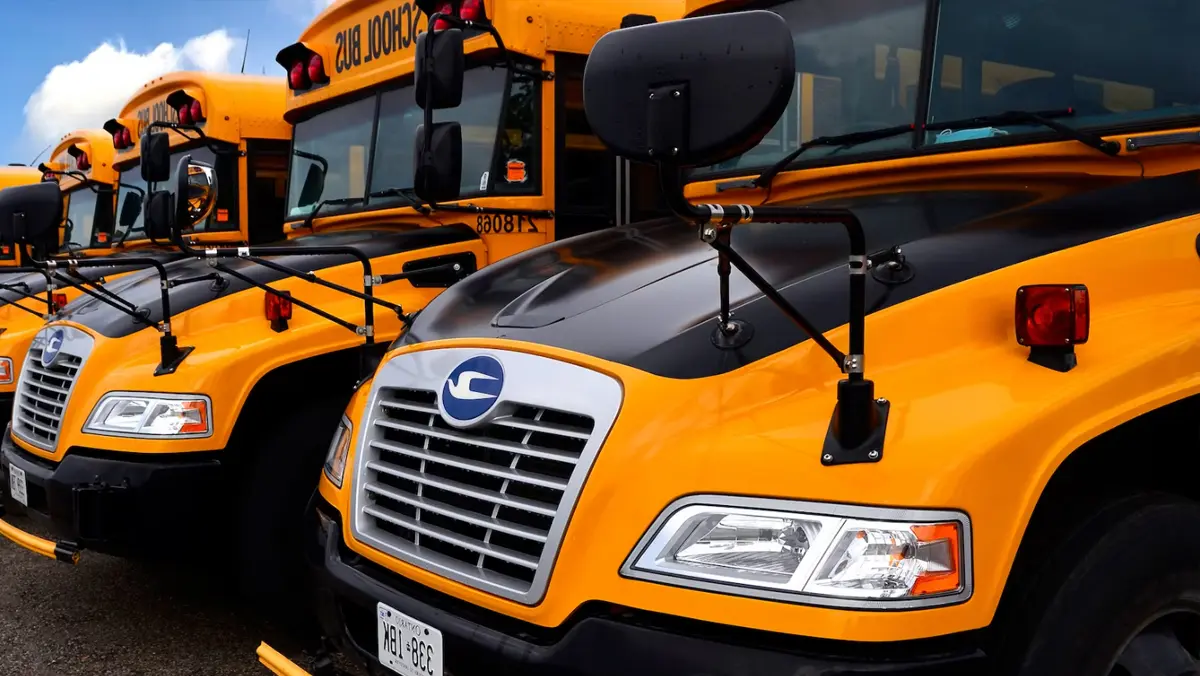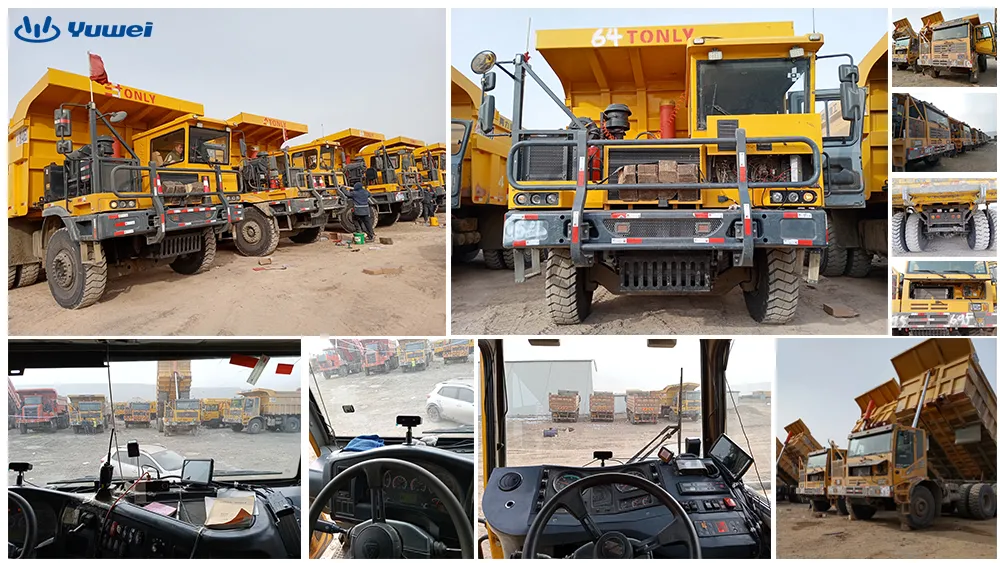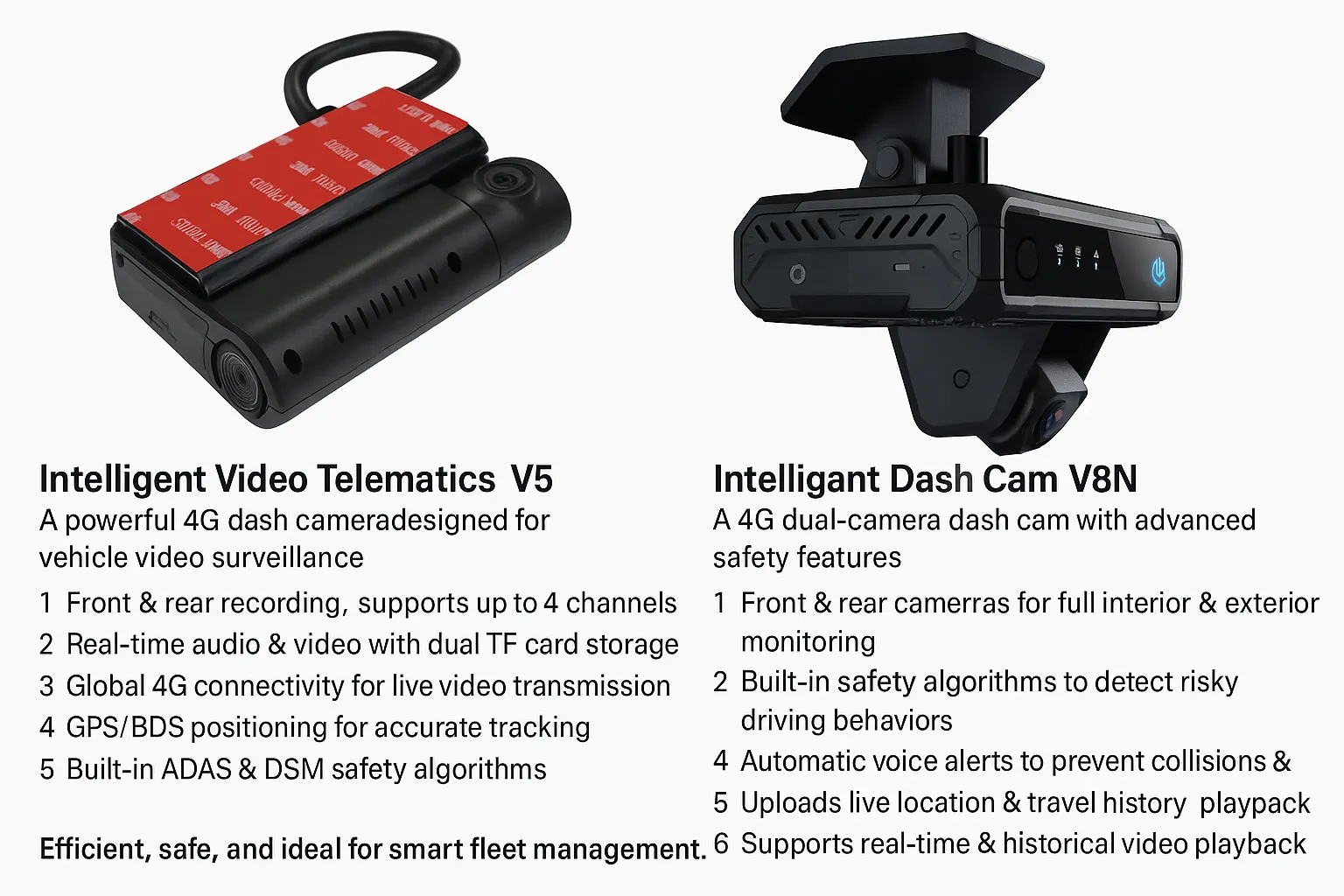GPS Fleet Telematics Platform
GPS Fleet Telematics Platform
Fleet telematics has become an essential part of the transportation industry, integrating GPS, IoT, and data analytics to provide real-time insights and comprehensive oversight, enabling fleets to operate efficiently.
This article explores how telematics can assist fleets in complying with industry regulations and standards by monitoring driver behavior, tracking service hours, and maintaining records.

How Does It Support Regulatory Compliance?
Telematics systems simplify compliance management by automatically recording driving hours, vehicle maintenance, and speed data. Automated data collection ensures fleet operations align with regulations, significantly improving reliability.
How Does It Address Compliance Issues?
Telematics tackles common compliance challenges:
1. Hours of Service (HOS) Monitoring
Tracks driving and rest times to prevent overdriving, reducing the risk of fatigue-related accidents.
2. Electronic Logging Devices (ELD)
Automatically records driving time to ensure accurate logs, meeting regulatory requirements like FMCSA's HOS compliance standards.
3. Vehicle Maintenance
Tracks and schedules routine maintenance, ensuring vehicles meet safety standards and reducing failure rates.
How Does It Integrate with Compliance Management Processes?
Telematics systems connect directly with vehicles and management platforms, automatically collecting and reporting data on driving hours, inspection records, and more to provide a comprehensive view of operations.
Integration Benefits
- Ensures regulatory compliance
- Simplifies audit and inspection processes
- Improves transparency and management efficiency
How Does It Monitor Driver Compliance?
By automatically tracking data on driving hours, speeds, and rest periods, telematics ensures drivers adhere to HOS and speed limits. Data analysis can quickly identify deviations and enable corrective actions.
Accident Statistics (2022, U.S.)
- Fatal crashes involving large trucks: 5,005
- Fatal crashes for all vehicles: 36,096
- Distracted driving fatalities: 3,142
- Fatigue-related fatalities: 800
More data is available in FMCSA reports.
How Does It Reduce Violations and Enhance Safety?
Telematics provides real-time monitoring of driver behavior and instant feedback to help drivers adhere to safety regulations. Proactive alerts reduce violation risks, enhancing road safety and fleet operational efficiency.
How Does It Automate Documentation and Reporting?
Telematics systems record driving hours, vehicle status, and other data in real time to automatically generate reports. This reduces manual input errors, improves efficiency, and saves time.
How Does It Improve Audit and Compliance Check Efficiency?
Telematics delivers accurate, reliable real-time data to simplify audits. Automated compliance checks monitor data in real time, generating reports and alerts to reduce manual intervention.
Service Hours and Vehicle Inspection Management
1. Hours of Service (HOS)
Automatically records driving and rest hours to prevent overdriving and promptly correct violations.
2. Vehicle Inspections
Monitors critical vehicle parameters and provides automated maintenance alerts to ensure vehicles meet safety standards.
Telematics simplifies management processes and enhances operational transparency and efficiency through automated data tracking and compliance checks. Adopting this technology is crucial for meeting regulatory requirements and optimizing fleet operations.















